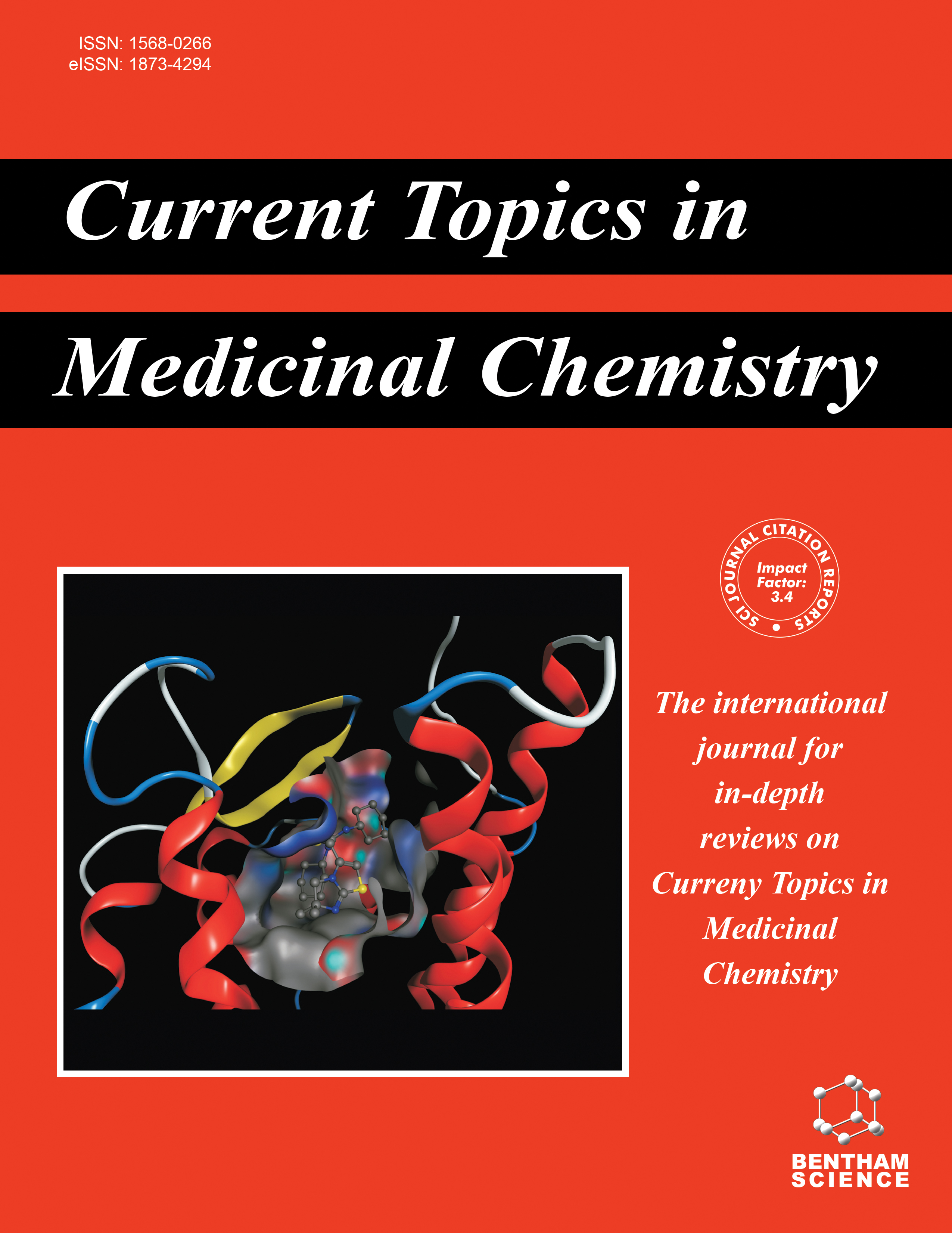
Full text loading...
We use cookies to track usage and preferences.I Understand
Alzheimer’s disease is a multifaceted neurodegenerative disease. Cholinergic dysfunction, amyloid β toxicity, tauopathies, oxidative stress, neuroinflammation are among the main pathologies of the disease. Ligands targeting more than one pathology, multi-target directed ligands, attract attention in the recent years to tackle Alzheimer’s disease. In this review, we aimed to cover different biochemical pathways, that are revealed in recent years for the pathology of the disease, as druggable targets such as cannabinoid receptors, matrix metalloproteinases, histone deacetylase and various kinases including, glycogen synthase kinase-3, mitogen-activated protein kinase and c-Jun N-terminal kinase, and their ligands for the treatment of Alzheimer’s disease in the hope of providing more realistic insights into the field.

Article metrics loading...

Full text loading...
References


Data & Media loading...

